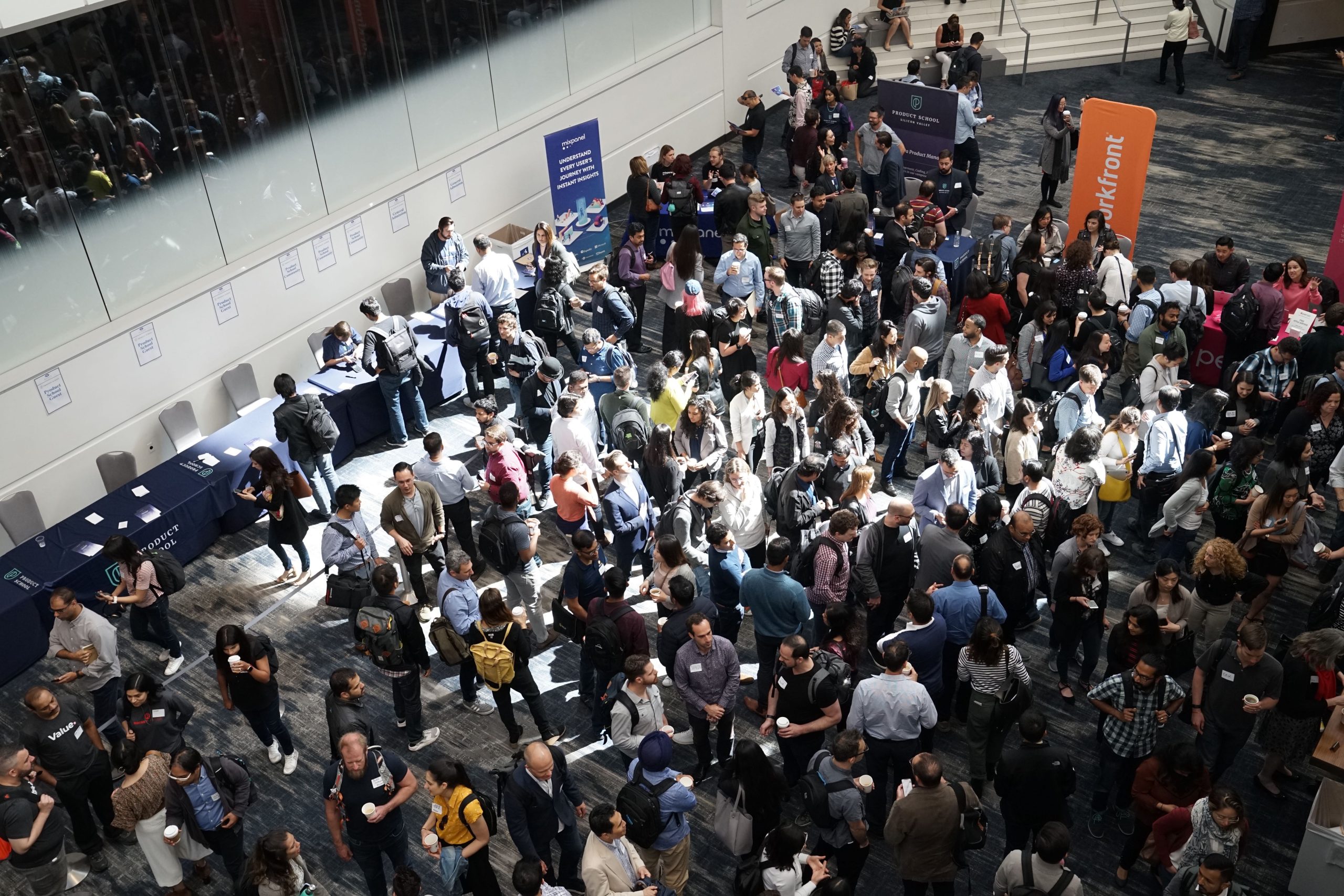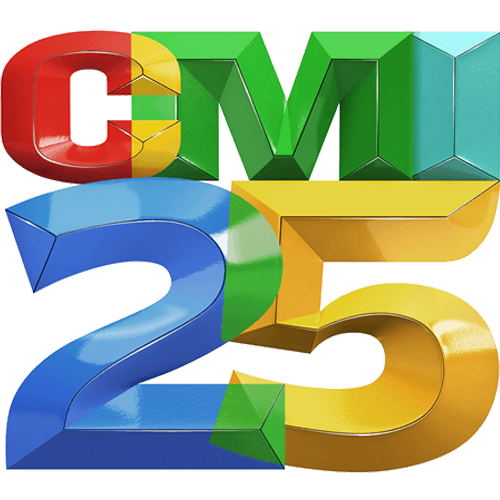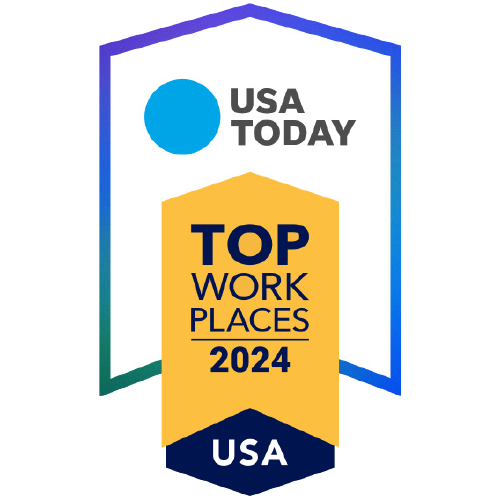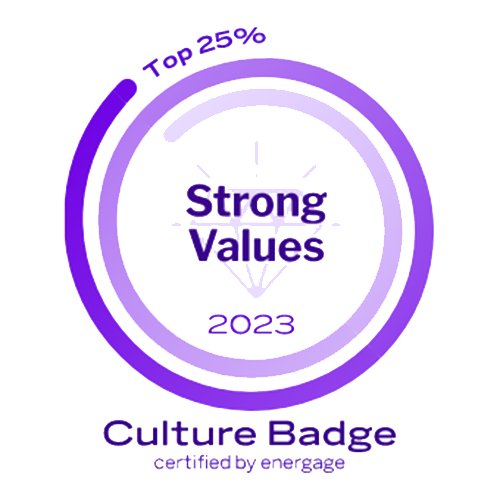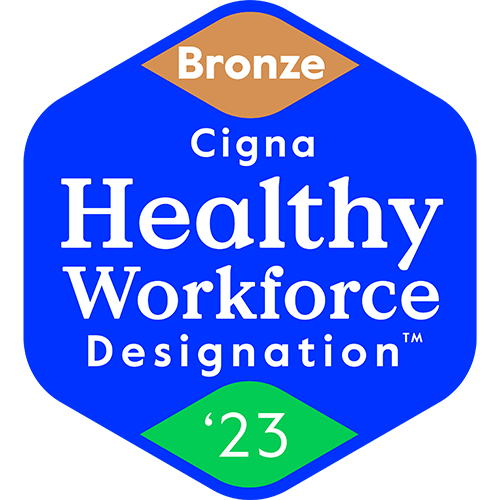Whether it’s a dedicated teambuilding event or simply a routine internal meeting, intentionally examining each event and interaction through the lens of social connection has become a crucial step.
Let’s face it: We’re in the midst of a loneliness epidemic, particularly in the workplace.
Pre-pandemic, healthcare company Cigna estimated that almost two-thirds of U.S. workers were lonely—and the last few years have only exacerbated the problem, with recent Microsoft research showing that over 50% of hybrid and remote employees feel lonelier at work than they did when they were in the office every day.
When employees make deep connections with their team members and other colleagues, the Microsoft report adds, they’re more likely to report higher satisfaction, productivity, and creativity—and, importantly, are less likely to change employers in the year ahead.
All of this to say: Corporate leadership can no longer count on employees naturally strengthening their own workplace relationships around the water cooler—and internal meetings may be more important than ever. Whether it’s a dedicated teambuilding event or simply a routine internal meeting, intentionally examining each event and interaction through the lens of social connection has become a crucial step.
So, how exactly do you design a corporate event strategy that will maximize connection amongst employees and leadership? Follow these tips.
1. Understand the Renewed Power of Internal Meetings
According to American Express’s 2023 Global Meetings and Events Forecast, internal meetings are now the fastest-growing event category in all regions, and are expected to see the biggest increase in attendees in 2023—proving they’re a higher priority for business leaders than they were pre-pandemic.
With large percentages of organizations adopting hybrid and remote work, and employees working across multiple time zones, leaders should understand the real value in bringing their people together face to face to enhance company culture.
2. Take a Strategy-Centered Approach
Interesting fact: If you observe Google trends over the last 20 years, the term “event strategy” was basically nonexistent until 2005—but it’s been steadily rising since then, with searches skyrocketing in recent years, and far surpassing terms like “event planning.” Today’s events are like algebra: more complex than ever, and requiring smart strategy and collaboration.
It can be tricky to know where to start—which is why Unbridled built our Event Strategy Framework. Many event teams get caught up with the small details and neglect the overall vision for the gathering. This step-by-step tool, which we’ve made available for free, keeps planning more focused on the objectives and creativity that drives real results.
3. Think Through Your Main Goals
This might be the most important point to remember: Every action you take should relate back to the why. What’s your ultimate goal for your company, what’s going on in the organization or the world that might be getting in the way, and how can this meeting help address that? What are the critical outcomes you want your attendees to gain from this experience?
If your goal is fostering connection, for example, it’s important to understand and identify the social and workplace problems caused by remote work, and think through how this internal meeting can help. Maybe it’s a strong recognition program that can make employees feel appreciated, or a mix of education, networking, and leisure time that allows them to form real bonds with each other and leadership.
Whether it’s shared with your attendees or just used internally, a clear mission statement can help inform every step of your planning and decision-making.
4. Put Yourself in Your Attendees’ Shoes
Ask yourself, Who are my primary attendees, and what is keeping them from feeling fully connected in the workplace? Also, think through the sacrifices your attendees may need to attend this meeting—time away from their families, extra expenses, etc.—to more clearly identify how they’d get the most out of the event. At Unbridled’s own all-company meeting in December, for example, we identified that after a challenging 2022, our employees most needed to taste hope and excitement, remember the power of our community, and get re-engaged with our purpose.
Sometimes, this can be accomplished through a shift in meeting format. According to a recent report from Skift Meetings, for example, today’s attendees have an increased interest in networking and breakout sessions, rather than the content or keynotes they could have consumed virtually.
5. Consider the Location & Other Experience Design Elements
Separating attendees from their typical environments can often be the best way to help them recharge and form genuine connections. Think through the meeting’s location. Is it a place that will shake up their routines, spark conversation, or help create memories? This doesn’t necessarily require all the bells and whistles of an incentive trip. Sometimes it’s as simple as going beyond the boardroom into a place with more natural light, or planning a group outing to a restaurant or cultural institution.
When crafting your experience design, also think through your meeting’s key goals and break them down by priority. At our Unbridled all-team meeting, for example, 40% of the experience was centered around education and learning, with 30% dedicated to networking or leisure time and 30% for employee recognition. Those percentages may shift for an incentive trip, where more time is built in for leisure and activities that let attendees relax and enjoy each other’s company in a unique location.



